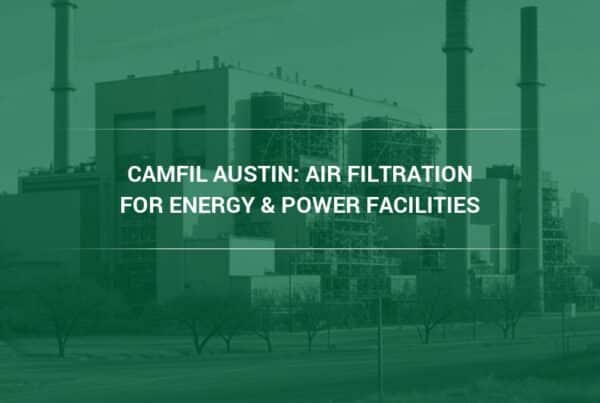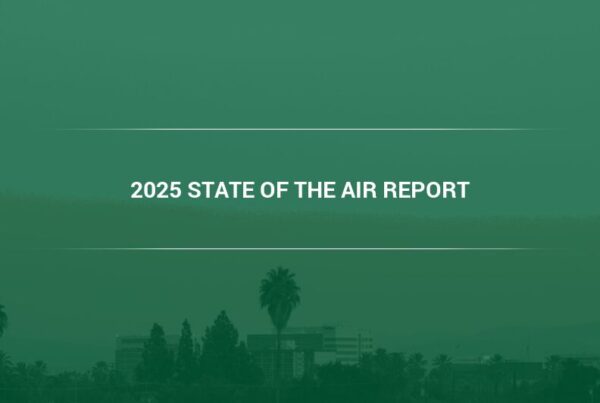Exercise is a key ingredient of a healthy lifestyle, but research has shown that air pollution can make exercising a health risk and impact your performance. Individuals who have pre-existing conditions such as asthma, or other heart or lung ailments, are especially at risk of harm if exercising while in polluted conditions. What are the impacts of air pollution on exercise? How can you protect yourself from the effects that air pollution will have on your health and performance while exercising?
Health Concerns from Exercising in Polluted Air
Outdoor air pollution comes from many sources including traffic from motor vehicles, burning wood or other materials, pollen from trees and flowers, agricultural or construction operations, and other sources. Exposure to these pollutants can cause health problems even when a person is not exercising, however, when someone is exercising the potential for health problems amplify. Health concerns from exercising in polluted air include the possibility of developing both upper and lower airway problems.
“When exercising, you’re typically breathing harder and inhaling more air deeper into your lungs. You’re also more likely to breathe through your mouth while exercising, which causes the air you breathe to evade your nasal passages which usually filters out many airborne particles,” says Kevin Wood, Camfil USA Vice President Sales & Marketing. “These airborne particles then have a greater chance to penetrate into your lungs and cause things like headaches, increased risk of asthma, increased risk of heart attacks or stroke, damage to the lungs themselves, or even death.” (1)
Research into the damage the air pollution caused in athletes suggests that constant inhalation of dangerous air pollutants can lead to the development of asthma. Extended pollution exposure can also cause airway hyper-responsiveness, a condition associated with both chronic obstructive pulmonary disease as well as asthma.
Studies imply that individuals who live in areas with high levels of particulate pollution are more likely to die from heart attacks, which is a concern for athletes who train outdoors and take in large amounts of particulate pollutants.
Effects of Air Pollution on Exercise Performance
Research into the effects of air pollution on exercise performance has correlated air pollution with reduced athletic performance.
“One of the pollutants in smog is carbon monoxide, which has a measurable degrading effect on a person’s ability to transport oxygen throughout their body, since it impacts red blood cells,” says Camfil’s Wood. “Carbon monoxide enters into the blood through the lungs and occupies the sites where oxygen-carrying red blood cells usually bond. As the amount of carbon monoxide in the blood increases, athletic performance will drop linearly in correlation, since the blood is transporting less oxygen.” (2)
Particularly high levels of carbon monoxide, such as is found in areas with heavy smog problems like Beijing or Los Angeles, can degrade a person’s muscular coordination. Mental functioning can also be negatively affected, due to the fact that up to 5% of the red blood cells in a person’s body can be weighed down by carbon monoxide.
Other pollutants such as hydrocarbons and ozone can irritate a person’s throat, nose, lungs, and air passages. This likewise reduces the amount of oxygen in the body and reduces athletic performance.
Research into exposure to ozone, carbon monoxide, and sulfur oxides has linked the substances to inhibited athletic performance. A study which examined race times among high school students in the Los Angeles area found that exposure to high levels of oxidants was positively correlated with slower race times.
Protecting Yourself from the Impacts of Air Pollution on Exercise
The benefits of exercise are well documented, and you should not give up exercise unless you absolutely necessary. However, protecting yourself from the impacts of air pollution on exercise is important. There are a number of steps you can take to reduce your exposure to air pollutants while exercising, training, or competing, thus protecting your health.
“It’s important to monitor levels of air pollution. You should pay attention to local warnings about poor air quality, especially when the weather is hot. Frequently athletes believe that shortness of breath is due to heat exposure, but it is often caused by high pollution levels,” explains Camfil’s Wood. “Exercise should be done in either the early morning or late evening. This is when air pollution levels, especially ozone levels, are at their lowest. Likewise, runners should avoid the most heavily trafficked roads, where levels of combustion pollutants are highest.” (3)
Training should be done indoors if possible, and in a room with a high-efficiency air purifier.
The benefits of exercise are clear, but it is important not to let air pollution turn exercising into a health hazard instead of a health benefit.
If you want to learn more about how to protect yourself from the impacts of air pollution on exercise, or purchase http://www.camfil.us/Industries/Commercial-office-buildings-and-Retail-Spaces/
and purifiers, contact Camfil today.
Lynne Laake
Camfil USA Air Filters
T: 888.599.6620,
E: Lynne.Laake@camfil.com
F: Friend Camfil USA on Facebook
T: Follow Camfil USA on Twitter
Y: Watch Camfil Videos on YouTube
SOURCE Camfil.us
Sources:
https://runnersconnect.net/air-pollution-effects-on-runners/
https://www.iqair.com/newsroom/poor-air-quality-can-hurt-athletes-and-their-performance



